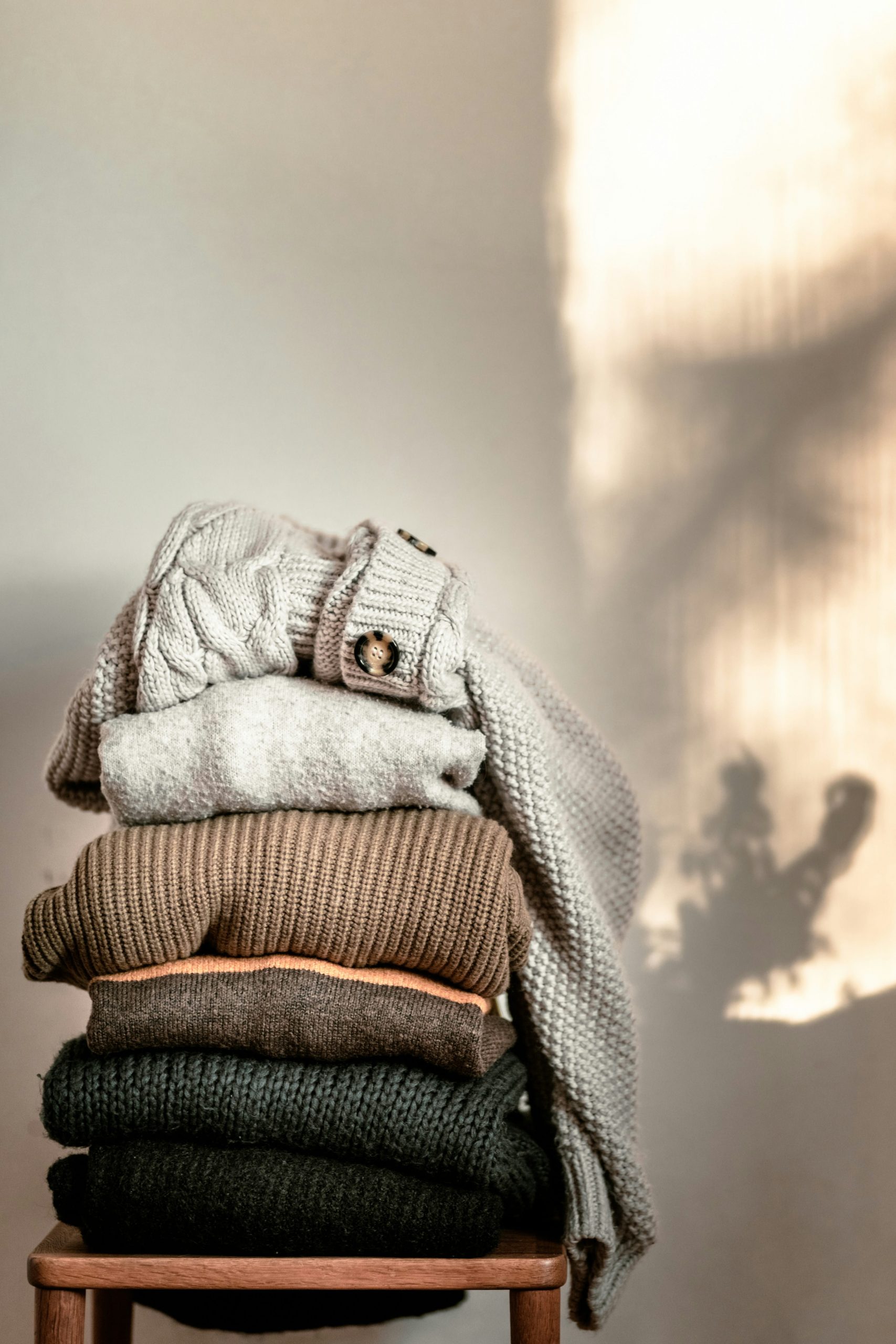Embroidery is the art of using needle and thread to embroider cloth, with a history dating back to ancient civilizations. This ancient manual art is known for its exquisite skills and unique forms of expression. Through delicate embroidery, artists outline various patterns, patterns and images on the fabric to create works of artistic and aesthetic value.
Embroidery is not only a kind of handicraft, but also a traditional way of cultural expression. Each country and region has its own unique embroidery tradition, and each embroidery method carries the local history, folk customs and aesthetic concepts. Chinese embroidery and French embroidery represent the essence of their respective cultures and have been passed down to the present.
As a cultural symbol, embroidery carries a rich history and tradition. In the field of culture, embroidery is often used to make works of art, court clothing, ceremonial articles, etc., becoming a part of cultural inheritance. Embroidery patterns often have far-reaching implications, representing social values, religious beliefs or individual emotional experiences, thus leaving a deep imprint on the culture.
In the field of fashion, embroidery is a unique and fashionable design element. Designers have cleverly integrated embroidery into fashion design, making clothing more personalized and artistic. The use of embroidery can not only add color to fashion works, but also give clothing with unique historical and cultural connotations, making it a trend-setting boutique.
The basic craft of embroidery
The beauty of embroidery often begins with a carefully chosen pattern. When choosing a pattern, the key is to consider the complexity and detail of the pattern to ensure that it is legible during the embroidery process. Simple and layered patterns are often more suitable for beginners, while experienced embroiderers may opt for more complex and elaborate designs. The choice of pattern will also vary according to the purpose of the embroidery, for example, a pattern used for home decoration may be very different from a design used for fashion. In addition, taking into account the style of embroidery, you can choose traditional, abstract or modern style patterns to meet the needs of personal tastes and projects.
Once the ideal pattern has been chosen, the next step is to accurately transfer it to the fabric. This requires some professional skill. One of the most traditional methods is to use carbon paper or water-soluble pens to trace the pattern onto the fabric. For more complex designs, consider using embroidery transfer paper as well. In addition, some artisans like to draw directly on the fabric, through which personalization and creativity are incorporated into the design. Whichever method is used, ensure that the transfer of the pattern is accurate so that the integrity of the design can be maintained during the actual embroidery process.
The choice of fabric is crucial to the finished effect of embroidery. Natural fibers, such as cotton, hemp, and wool, are often ideal for embroidery because they have a good weave density and fiber structure that help make embroidery stronger. At the same time, the color and texture of the fabric will also affect the final effect. Darker fabrics may need brighter lines, while textured fabrics may need simpler patterns. When choosing fabrics, the end use of the embroidery project should also be considered to ensure that the characteristics of the fabric meet the needs.
It is essential that the fabric is properly pre-treated before embroidering. This includes washing and ironing. First, make sure the fabric is clean to remove any chemicals and stains that may be present. Then, choose the appropriate washing method according to the characteristics of the fabric to prevent the fabric from shrinking or fading. Finally, it is ironed to smooth the surface of the fabric and facilitate the accurate transfer of the pattern. The meticulousness and patience of the pre-treatment steps will directly affect the quality of the final embroidery.
Embroidery tools and materials
As a key tool in the embroidery process, embroidery needles are divided into many types according to their shape, size and use. First, embroidery needles with different lengths and sharpness are suitable for patterns of different density and complexity. The shapes of embroidery needles include straight needles, round needles and conical needles, each with its own unique purpose. Straight needles are suitable for basic flat embroidery, while tapered needles are more suitable for detailed drawing and filling.
Secondly, according to the different uses, there are special embroidery tools, such as embroidery crochet, cutting knife and so on. The embroidery crochet is used to create a three-dimensional effect, while the cutting knife is used to cut excess fabric around the embroidery. The variety of these needles allows embroiderers to respond more flexibly to different embroidery needs.
The choice of embroidery thread is crucial to the final effect of the embroidery work. Different types of embroidery thread have their own characteristics, such as silk, cotton, wool and so on. Silk thread is often used in traditional embroidery, and its delicate texture can add a lot of color to embroidery works. Cotton thread is suitable for rough and wear-resistant fabrics, while wool is often used for sweaters made in the cold season. Special materials such as wire embroidery thread provide designers with more creative possibilities.
When choosing embroidery thread, it is also necessary to consider the color and thickness of the thread. The collocation of colors is essential to express the color and layering of the embroidery pattern, and the thickness of the thread determines the fineness of the final product. Therefore, embroiders need to make wise choices according to specific patterns and design requirements when choosing embroidery threads.
During the embroidery process, auxiliary tools such as embroidery frames and embroidery rings can effectively help embroiders maintain tight working fabrics, thereby improving work efficiency. The adjustable nature of the embroidery frame allows fabrics of different sizes and shapes to be easily installed on it, providing a stable and comfortable working environment for embroiders.
Embroidery circle is a classic auxiliary tool, its role is to tighten the embroidery, ensuring that there is no creasing or displacement during the embroidery process. The choice of embroidery rings also needs to be based on the needs of the work, and different materials and sizes of embroidery rings are suitable for different embroidery projects. The use of these auxiliary tools can improve the accuracy and comfort of embroidery, making the whole embroidery process more smooth.
Modern embroidery techniques
- Computer embroidery
Computer embroidery is a modern embroidery technique designed and executed by computer technology. With digital design, artists and designers can easily create a variety of patterns on a computer, from simple geometric shapes to complex works of art. This advanced technology makes the design of embroidery more flexible and precise, and can easily achieve fine lines and exquisite details, thus breaking the constraints of traditional hand embroidery.
The use of computer technology has also made the embroidery process more efficient. Designers can make real-time edits and adjustments on the computer without having to start the entire embroidery process all over again. This not only improves production efficiency, but also makes it easier for embroidery works to adapt to the needs of the market and changes in fashion.
One of the great advantages of computer embroidery is the ability to achieve complex patterns and details. Through the precise control of the computer, the embroidery machine can paint a variety of lines and patterns on the fabric in detail, including tiny curves, detailed shadows and rich color changes. This precision and accuracy goes beyond the scope of traditional hand embroidery, providing artists and designers with greater creative space.
Complex patterns and details make computer embroidery widely used in fashion design, art production and custom embroidery. Whether it is to show unique patterns on clothing or to express a more delicate artistic sense in art works, computer embroidery has injected new vitality and possibilities into the embroidery process.
- Three-dimensional embroidery
Three-dimensional embroidery is a kind of modern embroidery technology which makes embroideries show the sense of layer and texture through filling technology. The core of this technology lies in the use of various filling materials, such as cotton or filling fibers, to locally fill the embroidery, making it more rich and full in the touch. This filling technique can make the embroidery more three-dimensional, presenting a completely different effect from traditional embroidery.
In the process of filling, the artist can create a three-dimensional sense through different filling densities and levels. This makes the embroidery work no longer flat, but a three-dimensional structure with touch and shape. The introduction of this technology not only makes the embroidery work more creative, but also enables the viewer to feel the unique charm of the embroidery through touch.
In order to make the embroidery show a more vivid effect, three-dimensional embroidery often creates a more three-dimensional effect through the clever use of layering. By using different filling densities and colors in different areas, the artist can create depth and layers, making the embroidery appear in a variety of different angles and light. This sense of hierarchy makes three-dimensional embroidery works more attractive, as if the viewer can feel that every element in the pattern has vitality.
The artistic expression of three-dimensional embroidery is not only reflected in the shape, but also through the clever color matching and line use to create a richer sense of layer. This allows embroidery works to show both visual diversity and a pleasing experience on the touch.

 English
English Deutsch
Deutsch Français
Français Italiano
Italiano Español
Español Русский
Русский Polski
Polski Nederlands
Nederlands Svenska
Svenska

